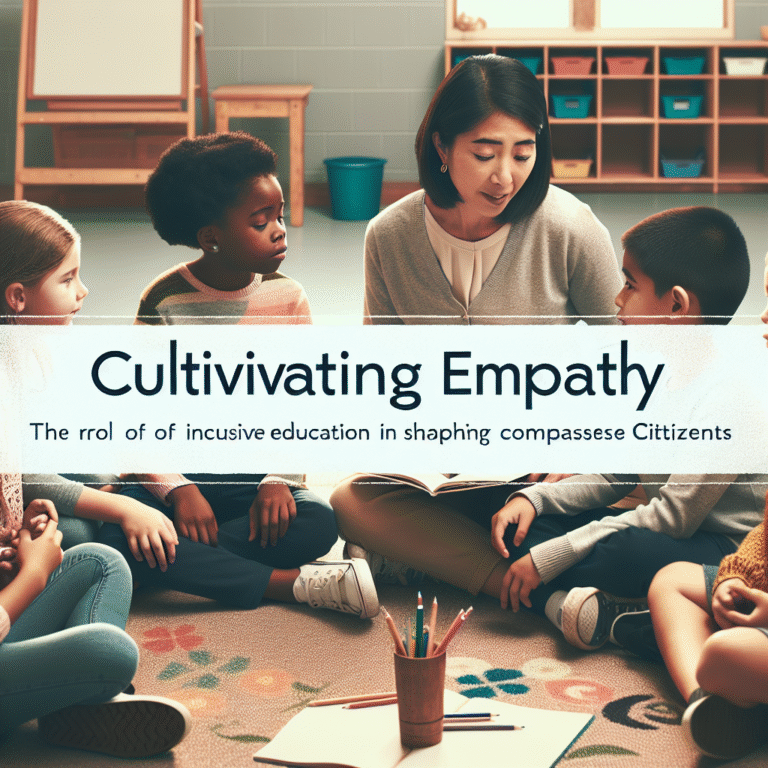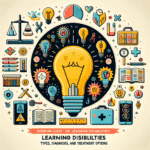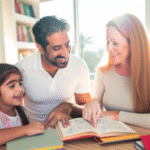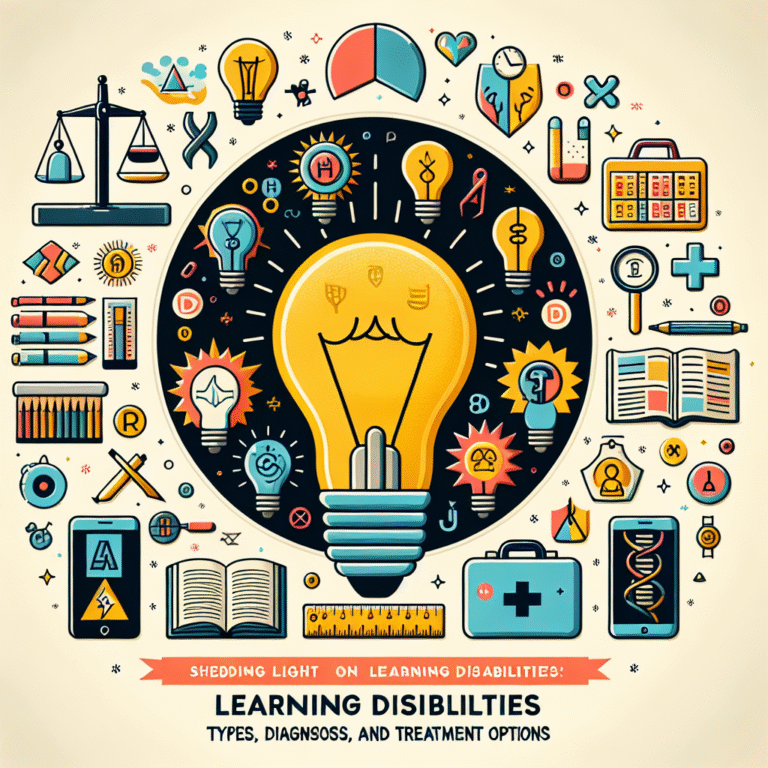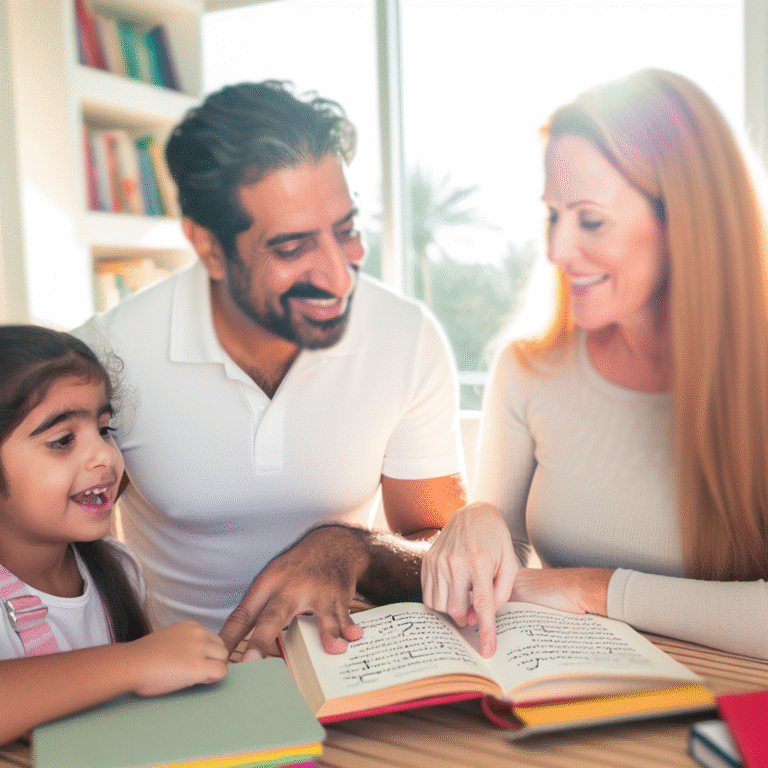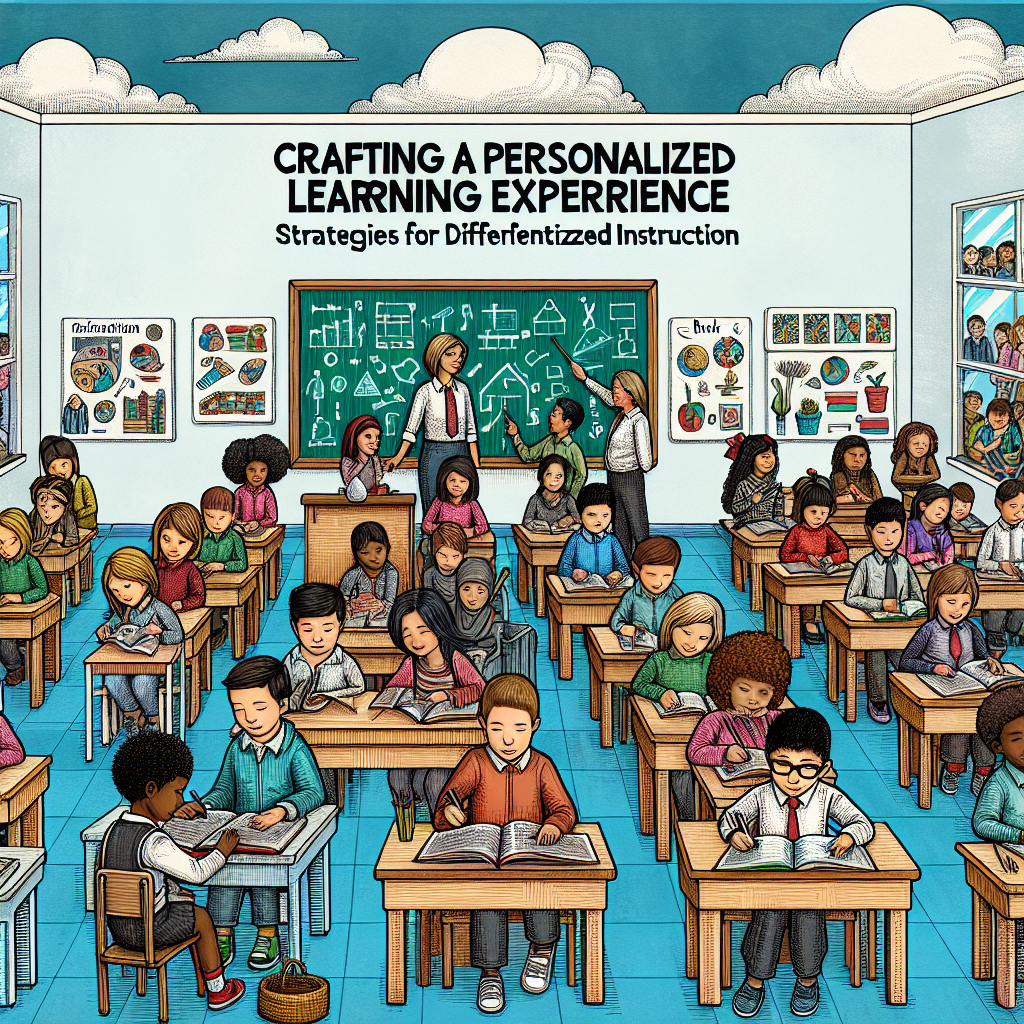
Introduction
Imagine a classroom where every student feels valued, engaged, and challenged at their own level. In today’s educational landscape, crafting a personalized learning experience is not just a goal; it’s a necessity. With the increasing diversity in learning styles, interests, and backgrounds, it is crucial for educators to embrace differentiated instruction. By tailoring teaching methods, assessment tools, and learning opportunities to meet individual student needs, we can unlock their full potential and foster a passion for learning.
In this article, we will delve into the fundamental aspects of crafting a personalized learning experience through differentiated instruction. Here, you will discover strategic approaches, real-world case studies, and practical tips that empower educators to create dynamic and inclusive learning environments. Let’s begin our journey!
Understanding Differentiated Instruction
Before we explore strategies for crafting a personalized learning experience, it’s essential to grasp the concept of differentiated instruction. Differentiated instruction is an educational philosophy that advocates for proactive planning and adapting teaching methods to accommodate the varying abilities, interests, and learning profiles of students.
The Rationale Behind Differentiation
Students come to the classroom with diverse backgrounds, experiences, and skills. Research indicates that when instruction is tailored to meet individual needs, student engagement and achievement increase significantly. This is especially true in mixed-ability classrooms, where a “one-size-fits-all” approach may leave some students frustrated and others unchallenged.
Key Principles of Differentiated Instruction
Flexible Grouping: Group students based on their abilities, interests, or learning styles to facilitate collaboration.
Ongoing Assessment: Continuously assess student progress to inform instructional decisions.
Choice and Autonomy: Offer students choices in their learning paths, encouraging ownership and motivation.
Variety of Materials: Provide diverse resources and materials to cater to different learning preferences.
- Modified Assessments: Adapt assessments to reflect varying levels of understanding and demonstrate individual progress.
Crafting a Personalized Learning Experience: Strategies for Implementation
Now that we’ve laid the groundwork for understanding differentiated instruction, let’s explore specific strategies for crafting a personalized learning experience.
1. Student-Centered Goal Setting
Begin with a personalized approach by involving students in goal setting. This not only enhances their ownership of the learning process but also helps educators understand their aspirations, obstacles, and motivations.
- Case Study: At Maplewood High School, teachers implemented student-led conferences where learners set both academic and personal goals. This practice increased student accountability and engagement, with a notable rise in motivation and self-efficacy.
2. Diverse Instructional Strategies
Utilize a wide range of teaching techniques to address different learning styles. Options may include direct instruction, hands-on activities, technology integration, and experiential learning opportunities.
- Example Table:
| Instructional Strategy | Description | Suitable Learning Style |
|---|---|---|
| Direct Instruction | Teacher-led lessons to convey concepts | Visual/Auditory |
| Project-Based Learning | Students engage in real-world projects | Kinesthetic |
| Flipped Classroom | Students learn content at home, practice in class | All styles |
3. Utilizing Technology for Personalization
Technology can be a game-changer in crafting a personalized learning experience. Tools like learning management systems, educational apps, and online assessments allow for tailored learning paths.
- Real-World Application: At Lakeside Elementary, teachers adopted adaptive learning programs that adjust to each student’s level. The results were remarkable: standardized test scores improved by 20% in just one academic year.
4. Varied Assessment Methods
Offer multiple methods of assessment to give all students the opportunity to demonstrate understanding effectively. This can include portfolios, presentations, and peer assessments.
- Case Study: At Crestview Academy, educators implemented a “menu of assessments” for a science unit. Students chose how they would demonstrate understanding, leading to enhanced creativity and satisfaction in showcasing knowledge.
5. Continuous Professional Development
Educators should engage in continuous learning about differentiated instruction. Professional development workshops, webinars, and collaborative planning sessions can empower teachers with new strategies and ideas.
- Impact Analysis: A district-wide initiative at Silver Oak High School to provide training sessions led to significant improvements in teaching practices, resulting in a 15% increase in student achievement across grades.
The Importance of Classroom Environment
A conducive classroom environment plays a vital role in crafting a personalized learning experience. Establishing a safe, supportive atmosphere encourages risk-taking and fosters a love for learning.
1. Setting the Stage for Collaboration
Create spaces for collaboration by arranging desks in groups and promoting interaction through cooperative learning activities. This facilitates peer learning and enhances communication skills.
2. Cultivating a Growth Mindset
Encourage a growth mindset by celebrating mistakes as learning opportunities. Students should feel empowered to take risks without the fear of failure.
- Practical Tips:
- Use positive reinforcement.
- Implement reflective practices.
Monitoring and Adjusting Instruction
Personalization is an ongoing process. Educators must consistently monitor student progress and be ready to adjust instruction based on data and student feedback.
1. Formative Assessments
Incorporate regular formative assessments to gauge understanding. Utilize tools like exit tickets and quick quizzes to collect feedback.
2. Data-Driven Instruction
Analyze assessment results to identify trends and gaps in learning. Use this data to inform future instructional strategies.
Conclusion
Crafting a personalized learning experience through differentiated instruction not only enhances individual student engagement but also cultivates a vibrant learning community. By setting student-centered goals, utilizing diverse instructional methods, embracing technology, and fostering a supportive environment, educators can make powerful strides toward inclusive education.
As you embark on this journey, remember that personalization is not a destination but a continuous process. Stay curious, keep learning, and inspire your students to do the same. Remember the words of Benjamin Franklin, “Tell me and I forget, teach me and I remember, involve me and I learn.”
FAQs
1. What is differentiated instruction?
Differentiated instruction is an approach that tailors teaching methods and materials to meet the diverse needs of students in the classroom.
2. How do I start implementing differentiated instruction?
Begin by assessing your students’ strengths, weaknesses, interests, and learning styles. Plan lessons that incorporate various strategies to engage all learners.
3. Can differentiated instruction benefit all students?
Yes, differentiated instruction is designed to address the needs of all students, including those who are advanced, struggling, or have special education needs.
4. What are some common challenges in implementing differentiated instruction?
Some challenges include limited time for planning, insufficient resources, and maintaining classroom management while accommodating different learning activities.
5. How can technology enhance differentiated instruction?
Technology can facilitate personalized learning through adaptive learning programs, online assessments, and a variety of educational resources tailored to individual student needs.
This comprehensive guide to crafting a personalized learning experience: strategies for differentiated instruction aims to empower educators with the insights they need to transform their classrooms into dynamic learning environments. Embrace these strategies, and watch your students thrive!








